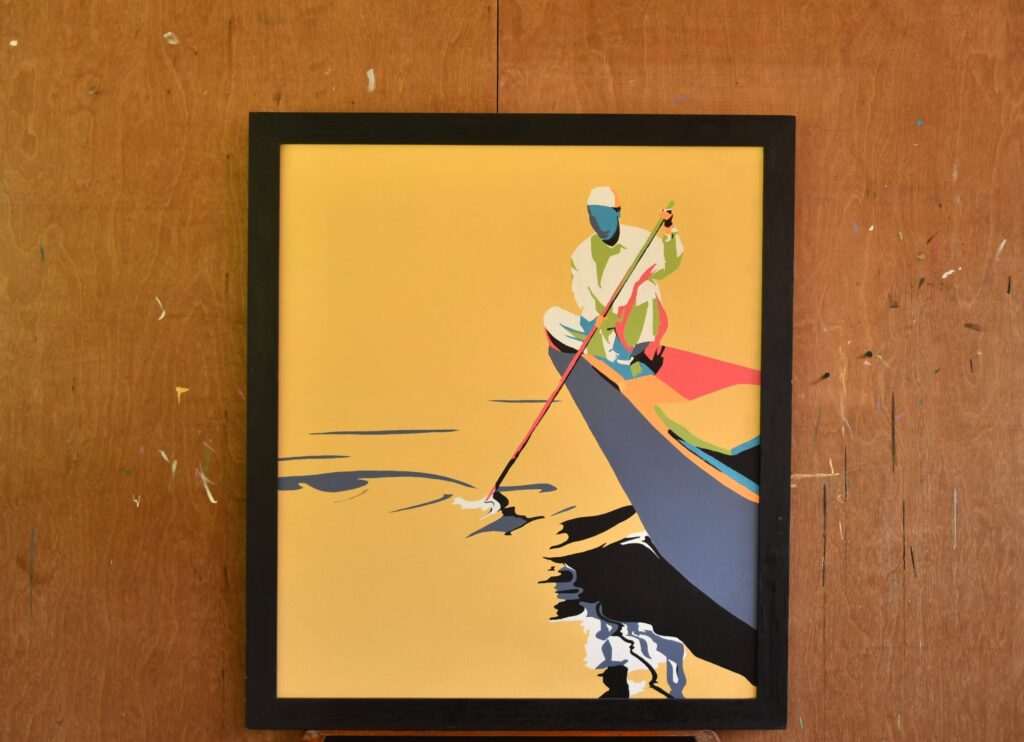
Pseudorealism, a captivating fusion of reality and artistic interpretation requires a meticulous approach to achieve depth and realism in paintings. For aspiring artists delving into this intricate style, mastering certain techniques and principles can elevate their work to evoke captivating illusions of reality on canvas.
1. Embrace the Power of Observation
The foundation of pseudorealism lies in keen observation. Train your eye to perceive details, nuances of light and shadow, and the subtleties of form. Spend time studying real-life subjects, analysing how light interacts with surfaces, and how shapes manifest in different environments. Observational skills are the cornerstone of achieving realism in your paintings.
2. Grasp the Techniques of Layering and Blending
Layering and blending are instrumental in creating depth and dimensionality in pseudorealistic paintings. Work in layers, gradually building up tones and textures. Experiment with different brush techniques, such as glazing, scumbling, and wet-on-wet blending, to achieve seamless transitions and realistic textures.
3. Understand the Play of Light and Shadow
Mastering light and shadow is pivotal in pseudorealism. Comprehend how light sources interact with objects, casting highlights, mid-tones, and shadows. Study the interplay of light on different surfaces, understanding how it influences colour and form. Skilful manipulation of light and shadow breathes life into paintings, adding realism and depth.
4. Pay Attention to Composition and Perspective
Effective composition and perspective enhance the visual impact of pseudorealistic artworks. Experiment with compositions that lead the viewer’s eye and create engaging focal points. Employ perspective techniques to add depth and realism, ensuring accurate proportions and spatial relationships within the painting.
5. Develop Patience and Perseverance
Pseudorealism demands patience and perseverance. Rome wasn’t built in a day, and intricate pseudorealistic artworks aren’t painted in haste. Take your time, work methodically, and not be disheartened by challenges. Each stroke contributes to the overall illusion of realism; embrace the process and allow your skills to evolve over time.
6. Experiment and Innovate
While mastering fundamental techniques is crucial, don’t shy away from experimentation. Pseudorealism thrives on innovation and artistic expression. Explore unconventional approaches, mix different mediums, and push the boundaries of traditional techniques. Embrace your creativity to infuse uniqueness into your pseudorealistic paintings.
7. Seek Inspiration and Learn Continuously
Artistic growth stems from seeking inspiration and continuous learning. Study the works of master pseudorealists, dissecting their techniques and approaches. Attend workshops, seek guidance from mentors, and engage with the artistic community. Embrace constructive criticism as a tool for growth and refinement.
In conclusion, mastering pseudorealism entails a blend of technical proficiency, keen observation, patience, and artistic ingenuity. By honing these skills and principles, aspiring artists can create mesmerising paintings that captivate audiences with their depth, realism, and imaginative portrayal of reality.


